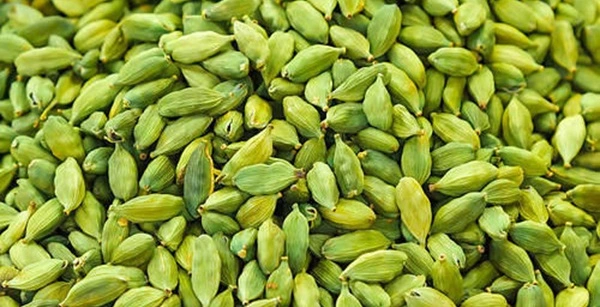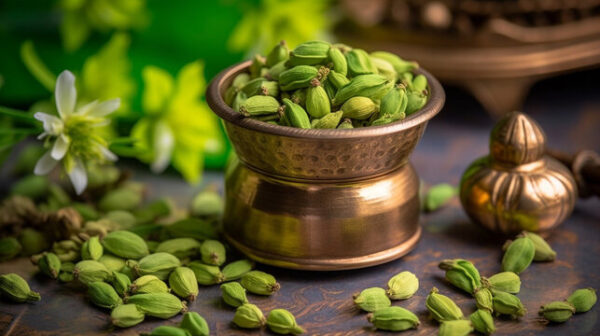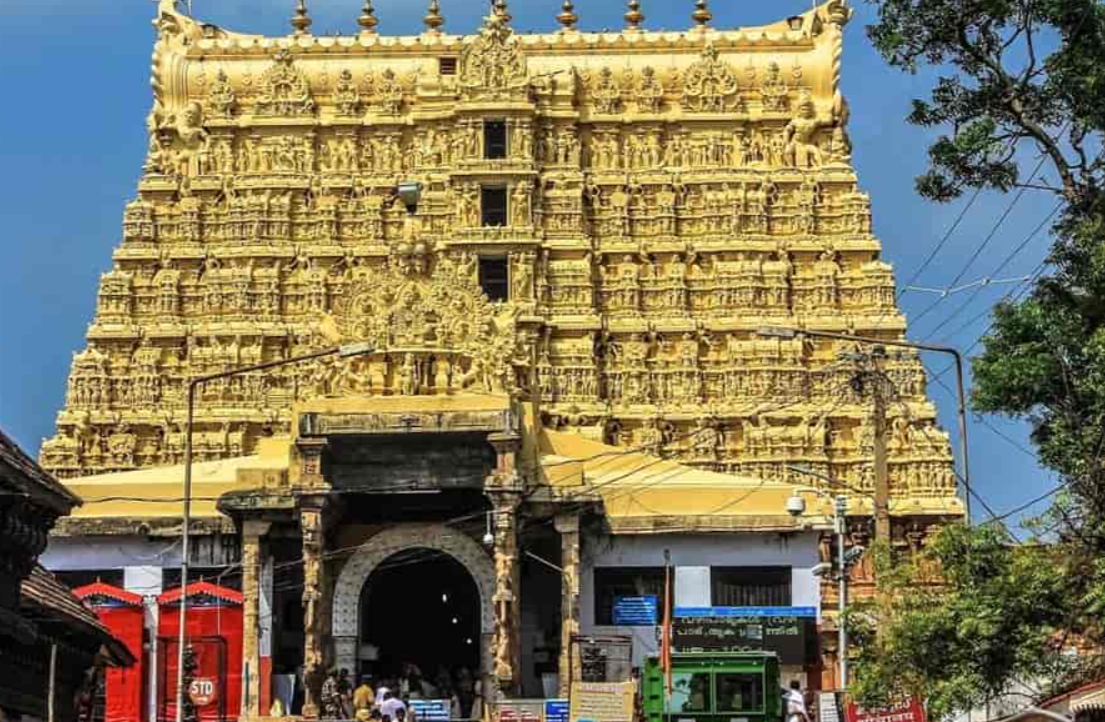Cardamom, also known as ‘elaichi’ in India, is a spice renowned for its medicinal properties and rich flavor. It has been a staple in Indian kitchens for centuries. The cultivation of cardamom is a long-term process, taking approximately 4-5 years from planting to harvest. The climatic conditions in Asia, particularly in India, are ideal for cardamom cultivation. The crop thrives in regions with high rainfall, which meets its irrigation needs and supports its growth into a lush, productive plant. Currently, many Indian farmers are engaged in cardamom production, contributing significantly to the country’s economy. Let’s explore the largest cardamom producing states in India.
Top 5 Largest Cardamom Producing States In India

1. Kerala
India is a major global producer of cardamom, and Kerala stands out as the leading producer among the states. The climate in Kerala is perfectly suited for cardamom cultivation, with the optimal temperature ranging between 10-35 degrees Celsius. According to the National Horticulture Board, Kerala consistently leads in cardamom production, contributing approximately 15,540 tonnes annually. This impressive figure accounts for 58.6% of India’s total cardamom output. The state’s favorable climate, combined with its strong export market, significantly boosts India’s economic growth.
2. Sikkim
Sikkim, often referred to as the land of spices, ranks second in cardamom production. Known for its large cardamom varieties, Sikkim utilizes various propagation methods, including primary and secondary nurseries, sucker multidisciplinary nurseries, and micropropagation techniques. The state’s loamy soil and optimal pH levels are ideal for cardamom growth. Sikkim contributes 19.8% to the nation’s cardamom production, reflecting its successful cultivation practices and efficient irrigation systems.
3. Nagaland
Nagaland is another prominent player in cardamom production, ranking third among Indian states. The state’s success is attributed to innovative technologies and effective government policies. Despite having a smaller capacity, Nagaland has achieved high efficiency in cardamom production, thanks to advancements in e-selling and modern farming practices. The northeastern region, including Nagaland, has become a crucial contributor to India’s cardamom industry, with many farmers adopting improved methods for better yields.
4. Arunachal Pradesh
Historically known for opium production, Arunachal Pradesh has shifted its focus to large cardamom cultivation in recent years. The state’s favorable climate and soil conditions, coupled with increased government support, have positioned it as a significant cardamom producer. The government’s initiatives, including collaborations with banks to support farmers, have enhanced production capabilities. Arunachal Pradesh has the potential to become a leading producer of large cardamom in India, contributing to the nation’s growing cardamom industry.
5. Karnataka
Karnataka, renowned for its diverse agricultural output, is also a key producer of cardamom. The state’s western ghats provide the fertile soil and monsoon conditions necessary for cardamom cultivation. Karnataka contributes 3.5% to India’s total cardamom production. Farmers in Karnataka have leveraged the state’s natural advantages to excel in cardamom production, adding to the state’s reputation as a hub for spices.
Conclusion
India, with its diverse climatic and soil conditions, is a top producer of cardamom, both small and large. The largest cardamom producing states in India, including Kerala, Sikkim, Nagaland, Arunachal Pradesh, and Karnataka, play crucial roles in the country’s cardamom industry. The northeastern states and the western ghats offer the ideal environment for cardamom cultivation, with abundant rainfall and fertile soil supporting the crop’s growth. Government initiatives and modern farming practices continue to enhance cardamom production, ensuring that India remains a leading global producer of this valuable spice.



